The Power of Community Comes Full Circle for Cancer Survivor and Family
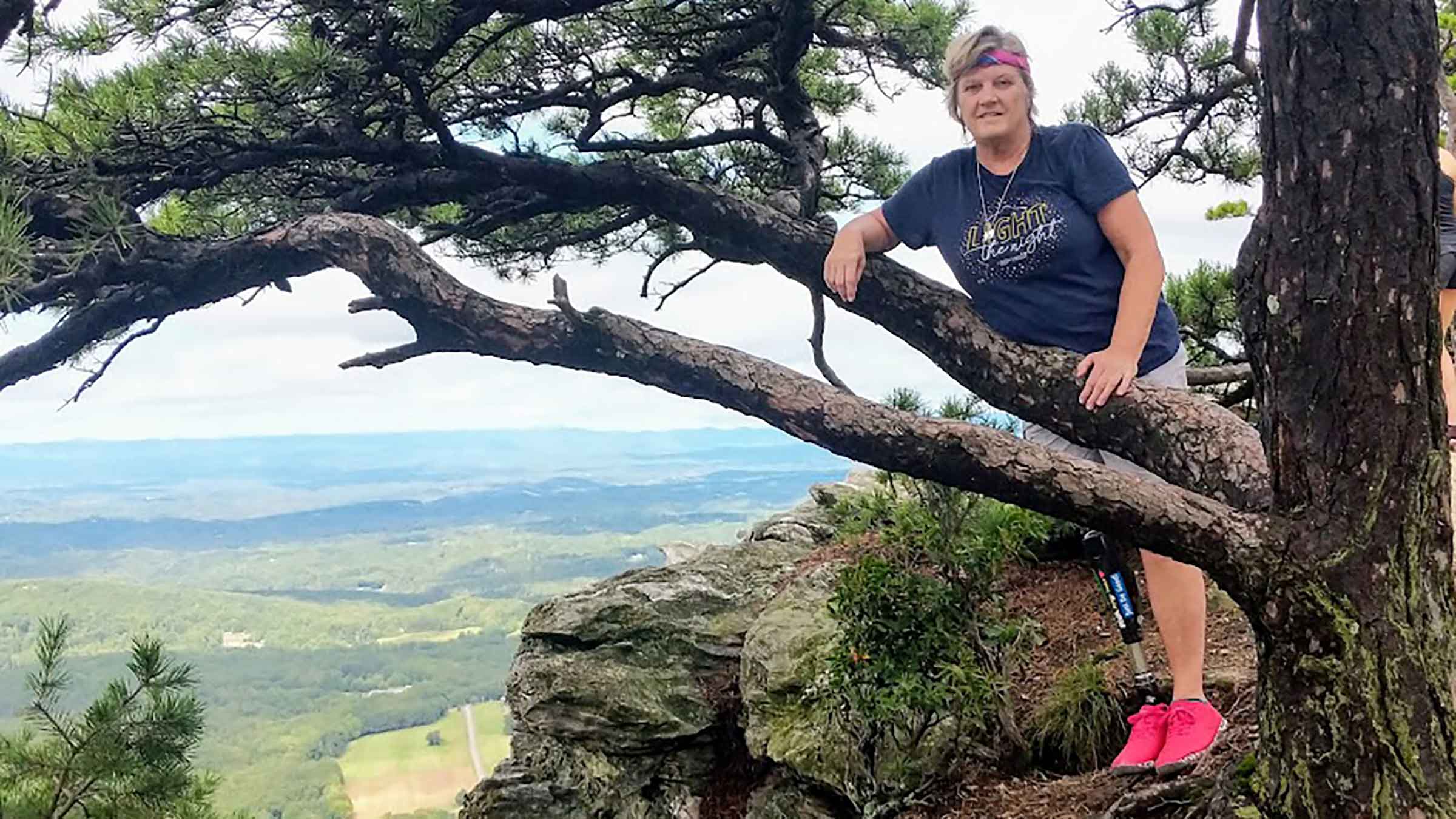
Brooke Tibbits | 09.06.23
Community can take on many forms and it’s something we all need.
Robin Yoder learned the importance of community when she was just 18 years old.
A high school senior and star basketball athlete, Robin had hopes to play Division I in college. That winter, she fell while sledding with friends. She knew immediately something was wrong with her leg.
“A big mass showed up in my femur and it got everyone’s attention,” Robin said.
It was a rare type of sarcoma. And in 1980, that meant there was a strong chance Robin would need her leg amputated.
Then she crossed paths with a physician at the University of Florida who was pioneering a limb-sparing technique. It would mean moving to Florida for treatment. “It was the last semester of my senior year, when you’re making those developmental life transitions with all the friends you’ve grown up with.”
She wanted to go to prom. She wanted to go on her senior beach trip. But she also wanted to live.
So Robin and her mom made a Florida Howard Johnson hotel room their home. “That was really tough, being so isolated, 800 miles from home, away from friends and family.”
She received twice-daily treatments and was spared an amputation.
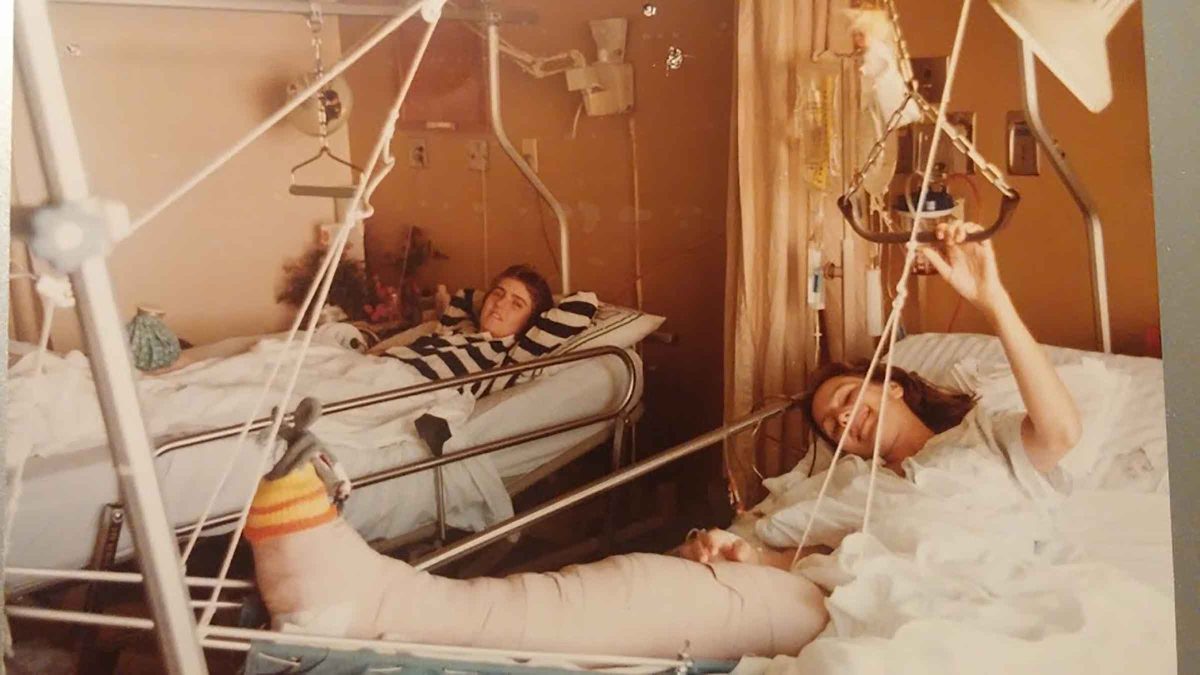
CaringBridge wouldn’t exist for nearly 20 more years, so Robin and her mom leaned on each other. Until one night when there was a knock on their door.
“It was the week of my high school graduation. The hotel manager knocked on the door and asked my mom to bring me out to the pool deck,” Robin said. “We came out and the hotel set up a graduation party and invited all the guests, people that didn’t know me from anybody.”
This healing power of community, of strangers coming together, touched Robin deeply and was a pivotal moment for her. “I swore up and down if I lived, I would find some way to make life better for other people down the road.”
Robin completed treatment and left Florida to begin college. She earned her degree and joined the Peace Corps, spending two years in Jamaica on a literacy project. After returning stateside, she got her master’s degree in social work and counseling.
Her first job after graduate school was at an oncology center in Virginia, where she supported patients through their own health journeys. That’s where she met the people who would help shape the rest of her life.
“I met a wealthy couple here in Richmond,” Robin said. “They were in hospice care, and were looking at how they could make a difference.”
Robin spoke with them about her vision of creating a center where people could receive social and emotional support in a non-threatening, non-medical environment.
And so, two decades after her cancer journey, The Hawthorne Cancer Foundation and Resource Center was born. Through the foundation, Robin dedicated her life to assisting individuals waging their battle against cancer. She made good on her promise to make life better for others, never forgetting how much community lifted her spirits when she was waging her own battle.
But Robin’s battle wasn’t yet over.
In 2009, Robin, now married and with a teenage son, was training for a triathlon on the Leukemia & Lymphoma Society Team in Training when she noticed her right leg felt weaker than her left.
“It had been through two surgeries and radiation, so I knew that it was just naturally weaker,” Robin said. “I thought—I’m just going to get through this triathlon and then give my body a break.”
After the triathlon, she gave herself eight months off before training for her next one. It was a hot spring day when she was out on a ride and stopped for water. “I wiped the sweat off my brow, then wiped my hand on my shorts, and I felt this big lump on my right leg.”
It got her attention. And the attention of her doctor. 30 years after her initial diagnosis, scans revealed that Robin had a Pleomorphic Undifferentiated Soft Tissue Sarcoma, a direct result of the radiation therapy that saved her as a teenager. And this time, an amputation was the only thing that would save her life.
“Now I’m a career person,” she said. “I have a husband. I have a 14-year-old son, Isaac. It was his birthday when I got the news. I’ve got to prepare him.”
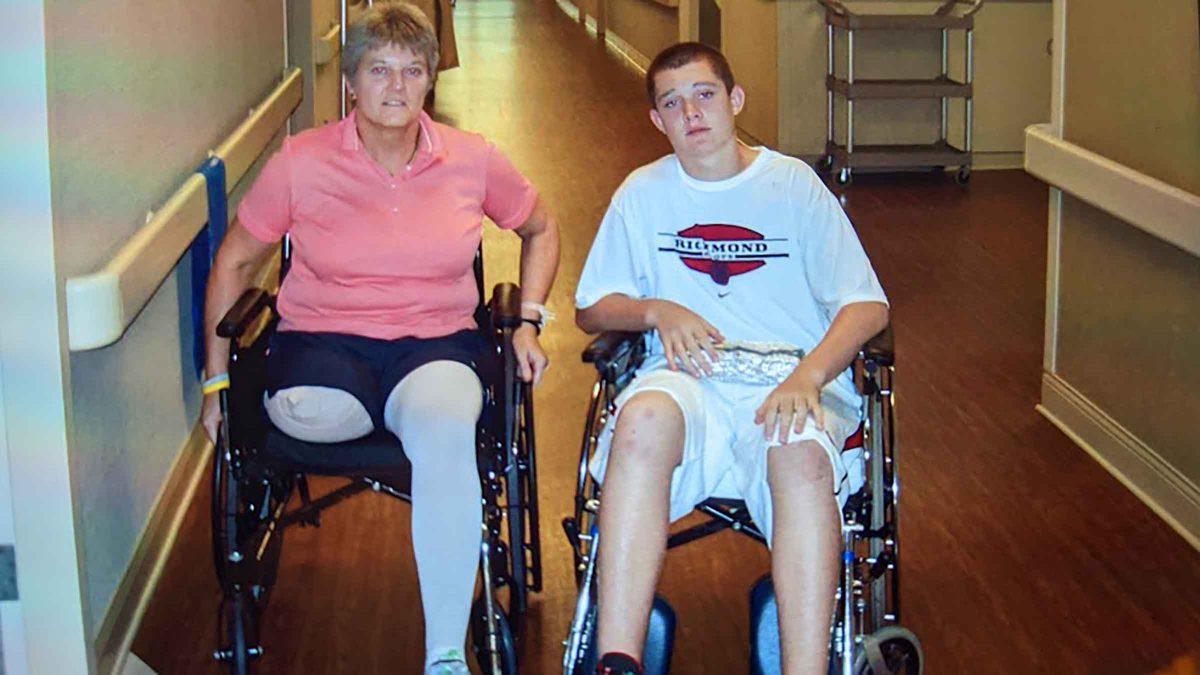
That’s when CaringBridge came into Robin’s life.
“CaringBridge was a way that I could have some control,” Robin explained. “I’ve counseled patients my entire career, trying to help them disseminate information. Some of the hardest dynamics are once information in your family goes out, everyone has their own interpretation of how they share it with the next person. And then everybody absorbs the social context with which they understand cancer and they create a bigger story.”
So Robin decided two things. One, CaringBridge was how she would share information and updates, so she’d have control over the narrative and there would be no misinterpretation of her story.
Two, she would use her CaringBridge page as a way to help her young son understand what was going on and how they were going to fight together.
“I knew my story was going to be very visual,” Robin said. “I thought, how in the world is my son going to comprehend what is going to happen? So, I gave him a camera.”
Robin wrote and Isaac photographed. Together through CaringBridge, they embarked on the healing journey together.
“I knew if I didn’t survive, Isaac would have documentation of the journey and it would keep him engaged in a way I knew he didn’t have the developmental emotions to speak at 14.”
The CaringBridge page and photos also gave people the opportunity to see Robin post-amputation, allowing them to get over the shock of seeing her in their own time.
“I owed it to myself to not stuff my feelings down and to walk through this journey. I wanted my son to understand it’s okay to talk about hard things,” Robin said. “That’s the beauty of how CaringBridge helped me and my family. It was healing in some ways for my son, and it allowed a community to engage with me.”
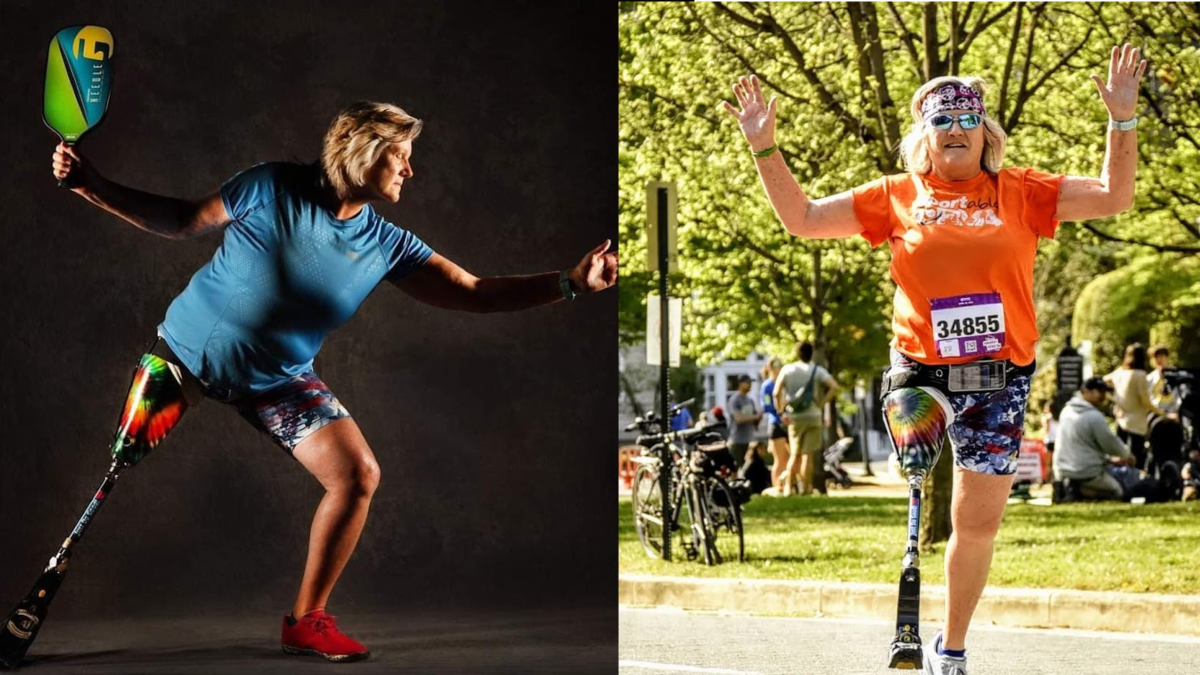
Once again, community showed up for her and her family, this time through CaringBridge. Echoes of the supportive strangers at her hotel pool graduation party 30 years earlier came through in the encouraging comments left on her page.
“It was so comforting late at night, when I didn’t want to wake my husband. I could log onto CaringBridge and read the comments that people were giving me, uplifting me. It was a way that everybody could participate.”
Robin healed from her surgery and life moved forward. Reflecting on recently reaching the 13-year mark since surgery, Robin emphasized that she would not make one different decision at any point in her journey.
“[Back in 2010], my young son looked at me and said, ‘Mom, amputate your leg. That’s the only chance you’ll have to see me grow up.’”
And Robin did watch Isaac grow up. She got to see him graduate high school and go to college.
Recently, she visited him at the clinic where he now works, finishing up his residency. His specialty— prosthetics.
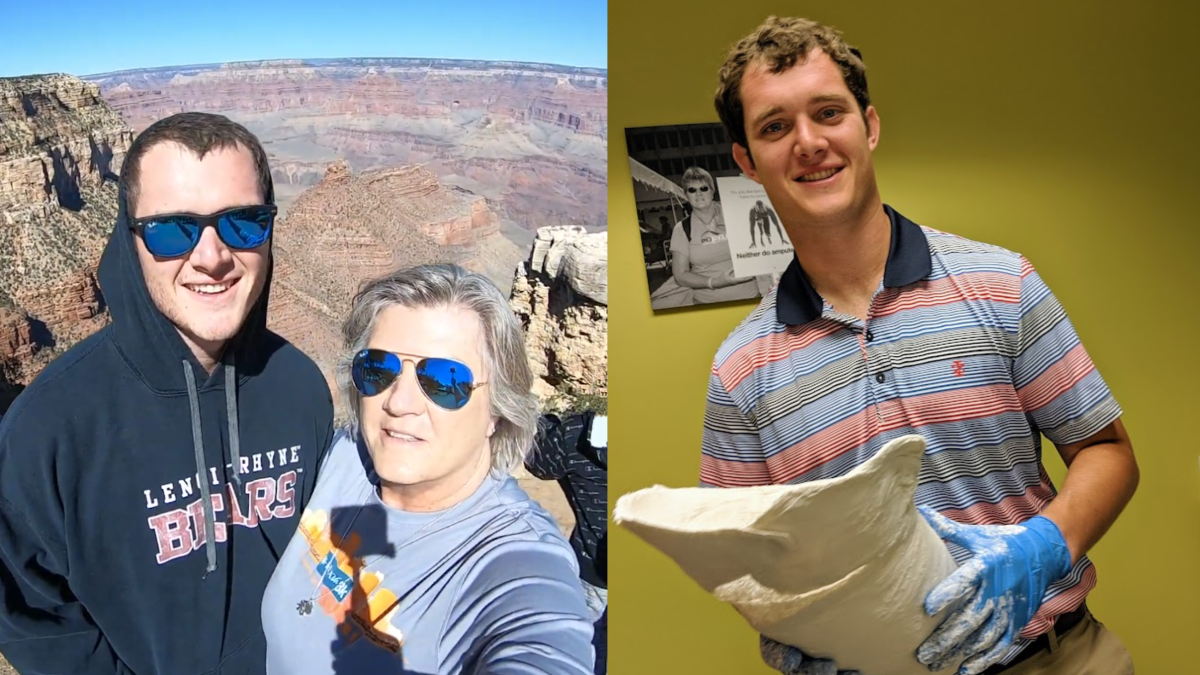
“I got to watch him work, and I cried the whole day, because I’m watching my 26-year-old son talk to the patients, saying the words that were said to me when he was that young 14-year-old standing in the corner, watching and listening,” Robin said. “He’s learned it. He’s watched it. He’s been a part of it. The good, the bad, the ugly. And now I’m watching it come full circle.”